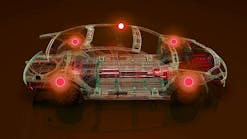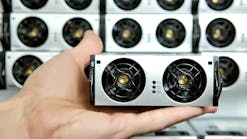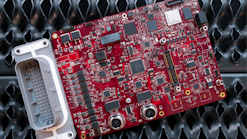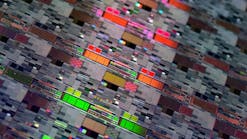When you connect the gate to the source of a JFET (junction field-effect transistor), it becomes a two-terminal current source. The current that will flow is called IDSS (current, drain-to-source, saturated). One problem you might face is that the IDSS of FETs is quite variable for different parts of the same number. The size of the JFET will determine the rough range of the current, but it does change over temperature. JFETs are depletion-mode devices that conduct until you apply a negative voltage to the gate relative to the source.
Still, having an inexpensive two-terminal current source can be quite handy. If you connect a source-connected JFET to a Zener diode, you will improve the voltage regulation of the diode, since it’s now stabilized at a fixed current no matter the input voltage to the network. This arrangement might be less expensive than an IC regulator. It also may be slightly more reliable, since the circuit is just two components that are quite reliable to begin with. Undersea fiber optic cables use power supplies that are just a large Zener diode.








